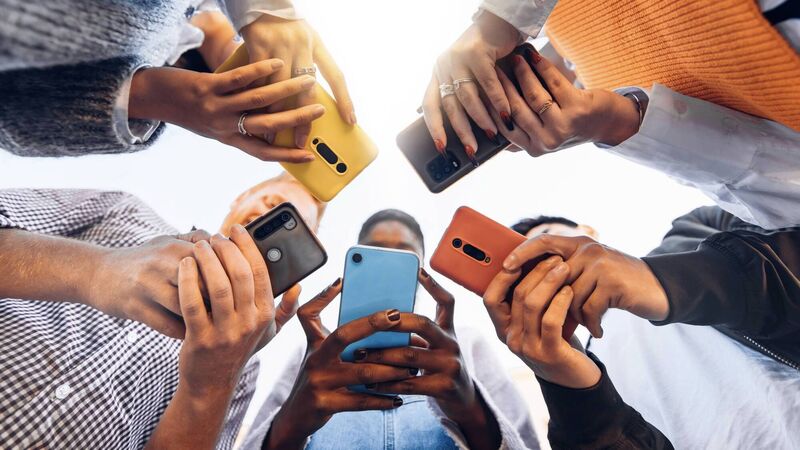Consumer Watch: The best value phone is the one in your pocket

Caitríona Redmond: "Planned obsolescence has long been an issue in the manufacture of mobile phones. Over time, with frequent recharging, apps requiring upgrades, and operating systems becoming outdated, that iPhone you bought five years ago may become an expensive brick in your pocket."
For a long time, when I left the house or went on holiday, I'd carry a backpack containing my laptop. No matter where I was, I needed to be able to access all my apps and passwords and write.
Only in the past year or so have I stopped doing this because all the information I need is on my phone. It feels liberating to pop the phone into my pocket and close the door behind me.








